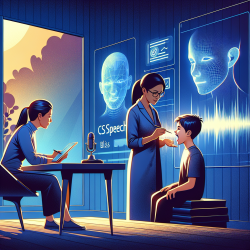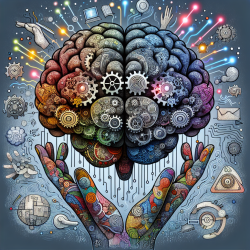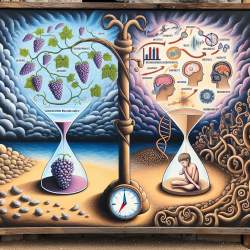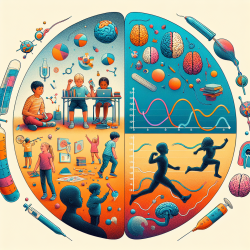In the rapidly evolving field of speech-language pathology, the integration of technology into therapeutic and research practices has become increasingly significant. The advent of digital speech analysis software offers speech therapists an array of tools to enhance the precision and effectiveness of their interventions. This blog post delves into the capabilities and comparative advantages of three leading software systems for speech analysis: CSpeech, BLISS, and CSRE, as evaluated in a comprehensive study by John Ryalls and Shari Baum.
Introduction to Digital Speech Analysis
The last decade has witnessed a paradigm shift in speech-language pathology clinics, with digital technology gradually supplanting traditional methods like the Sonagraph for speech research. The affordability and accessibility of microcomputer-based speech analysis tools have democratized their use beyond university research labs to more clinical settings. This shift is largely attributed to the decline in hardware costs coupled with advancements in computing power and software development. Consequently, speech therapists can now utilize computer-based systems to conduct precise analyses of speech production deficits, offering insights that transcend the limitations of human perception.
CSpeech: User-Friendly and Research-Powered
Developed at the University of Wisconsin by Paul Milenkovic, CSpeech is lauded for its user-friendly interface and comprehensive suite of analysis tools. Priced at $1800, this software facilitates simultaneous measurement of acoustic speech signals and signals derived from various instruments, making it a versatile choice for clinicians and researchers alike. Its menu-driven commands, straightforward sampling, and multiple window displays on a single screen underscore its appeal in terms of ease of use and research capabilities.
BLISS: Flexible and Powerful for Individualized Applications
BLISS, standing for Barus Lab Interactive Speech System, was developed by John Mertus at Brown University and is available for $250. It is particularly noted for its waveform editor and the flexibility it offers in defining analysis parameters. Despite being less user-friendly in sampling compared to CSpeech and CSRE, BLISS compensates with its comprehensive features for spectral analysis, pitch extraction, and the generation of auditory perception and reaction-time experiments. Its compatibility with larger frame computers and the absence of a need for a math co-processor make it a practical choice for various settings, including those utilizing laptop computers for fieldwork.
CSRE: Spectrographic Display for Research and Teaching
The Canadian Speech Research Environment (CSRE), developed at the Universities of Alberta and Western Ontario and priced at $350, is distinguished by its color spectrographic display. This feature is invaluable for both research and teaching, providing a visually engaging means to analyze speech. Like BLISS, CSRE is designed to support speech research comprehensively, offering a set of waveform editors and a robust spectral analysis facility. Its ability to generate high-quality, low-cost color hardcopies is a notable advantage for users who require visual documentation of their analyses.
Comparative Advantages and Considerations
Each of these software systems presents unique strengths, catering to different needs within the speech therapy and research communities. CSpeech is highly recommended for its user-friendliness and comprehensive analysis capabilities, making it suitable for clinicians seeking an intuitive interface. BLISS, on the other hand, offers maximum flexibility for users who wish to customize their analysis parameters extensively, making it ideal for specialized research projects. Lastly, CSRE's color spectrographic display is a powerful tool for those who value visual analysis in their research or educational endeavors.
Despite their individual merits, the integration of these tools into clinical practice requires careful consideration of the specific needs of the speech therapist or researcher. Factors such as budget constraints, the necessity for compatibility with existing hardware, and the desired level of analysis complexity should guide the selection process. Moreover, the ongoing dialogue between developers could further enhance these tools, potentially leading to standardized file formats and interoperability among different systems.
Conclusion
The evolution of digital speech analysis software has opened new horizons in speech therapy and research, offering tools that were once the exclusive domain of well-funded university labs. CSpeech, BLISS, and CSRE each offer distinct advantages, making them valuable assets in the quest to understand and treat speech production deficits more effectively. As technology continues to advance, the potential for further innovations in speech analysis and therapy remains vast, promising even greater strides in clinical outcomes and research insights.
To read the original research paper, please follow this Review of Three Software Systems for Speech Analysis: CSpeech, BLISS, and CSRE.










